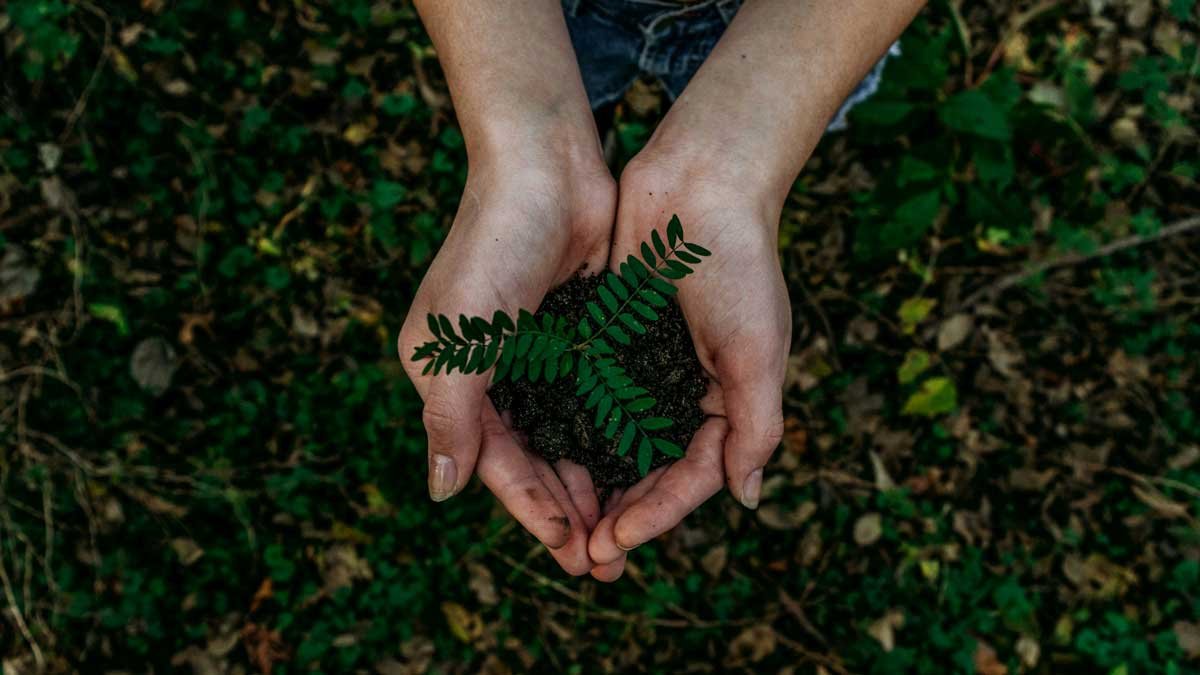It wasn’t until 1970 that the United States really started to acknowledge the negative impact that factories and capitalism have had on our environment. Earth Day was promoted as a political move to start gaining national traction, and I wish as a society more changes would’ve been made at this point, but I digress. Despite its fairly non-spiritual undertones, there is no reason that as a spiritual or magical practitioner that we can’t celebrate the holiday within the community.
Witchcraft and Earth Day
Witchcraft is often described as the lost or ancient art. People use it to connect to their ancestors and practitioners from their cultures. However, a multitude of concepts popular amongst the modern day spiritual community arose in relatively recent years. The wheel of the year, wicca, and even Chaos Magick all started in the mid to late 1900s. Earth Day shares it youthful existence with these concepts
As a witch the concept of honoring the Earth that is kind enough to provide us with our home, our nourishment, and our loved ones seems unquestionable. We work with the energies of our Earth to provide us with the power which fuels our craft. To continue to access this power a witch must respect it the same way they would a deity. Earth Day provides us a unique opportunity to express that respect.
Earth Goddesses
- Gaia (Greek Mythology): Gaia is the primordial Earth goddess in Greek mythology. She is considered the mother of all life and the personification of the Earth itself.
- Pachamama (Inca Mythology): Pachamama is the revered earth goddess in Inca mythology. She is worshiped as the mother of all living beings and is associated with fertility, agriculture, and nature.
- Terra Mater (Roman Mythology): Terra Mater, also known as Tellus or Terra, is the ancient Roman goddess of the Earth. She represents the fertile soil and abundance of nature.
- Prithvi (Hindu Mythology): Prithvi is the earth goddess in Hindu mythology. She is often depicted as a motherly figure, providing sustenance and support to all living beings.
- Ninhursag (Sumerian Mythology): Ninhursag, also known as Ki, is the Sumerian earth and fertility goddess. She is often depicted as the mother of all gods and humans, nurturing and sustaining life.
- Modron (Welsh Mythology): Modron is a Welsh earth goddess, also known as the mother goddess. She is associated with fertility, motherhood, and the land.
- Danu (Irish Mythology): In Irish mythology, Danu is often considered the mother goddess of the Tuatha Dé Danann, the mythical race of deities. She represents the land, fertility, and abundance.
- Cailleach (Scottish Mythology): Cailleach is a prominent figure in Scottish mythology, often depicted as a divine hag or goddess associated with winter, weather, and the land. She is sometimes seen as a creator and protector of the natural world.
- Tellus Mater (Italian Mythology ): Tellus Mater, or Terra Mater, is the ancient Italian earth goddess. She is considered the mother of all life and is associated with fertility, agriculture, and the bounty of the earth.
- Jord (Norse Mythology): Jord is the personification of the earth. She is often considered the mother of Thor, the god of thunder, and is associated with the earth’s fertility, growth, and natural beauty.
Things to Do:
- Go on a Nature Hike – Spend some time connecting with nature. Disconnect from technology. Do not record or take pictures. Just breathe in the world around you.
- Meditate Under a Luminary – Sun and Moon meditations are a great way to connect to natural life.
- Recycle – Spend some time partaking in recycling efforts in your home. Clean up the litter you see and clean the world around you.
- Honor an Earth Goddess – It does not have to be a goddess from the list, but take some time today to honor an Earth Goddess.

Leave a Reply